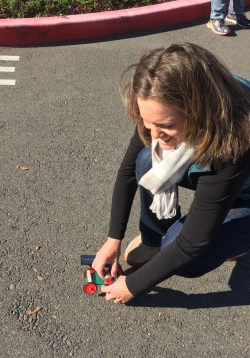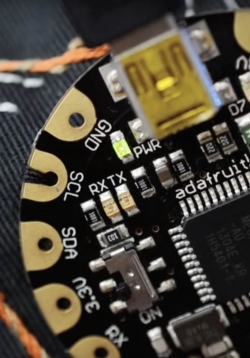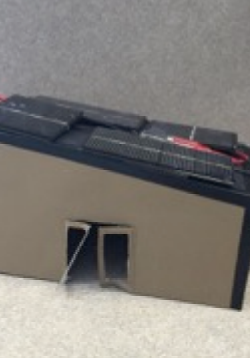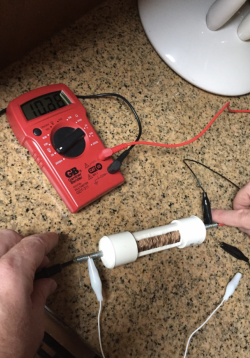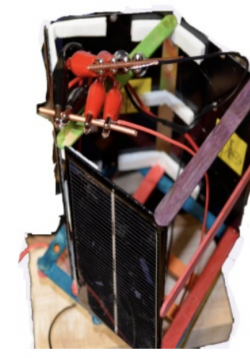Solar Car Engineering Challenge Unit
Students will build a solar car using instructions provided (Sol Run). They will take measurements of their car and then test to see how fast it can travel a 3m track. After students obtain their initial results they will research how to improve the car’s...

